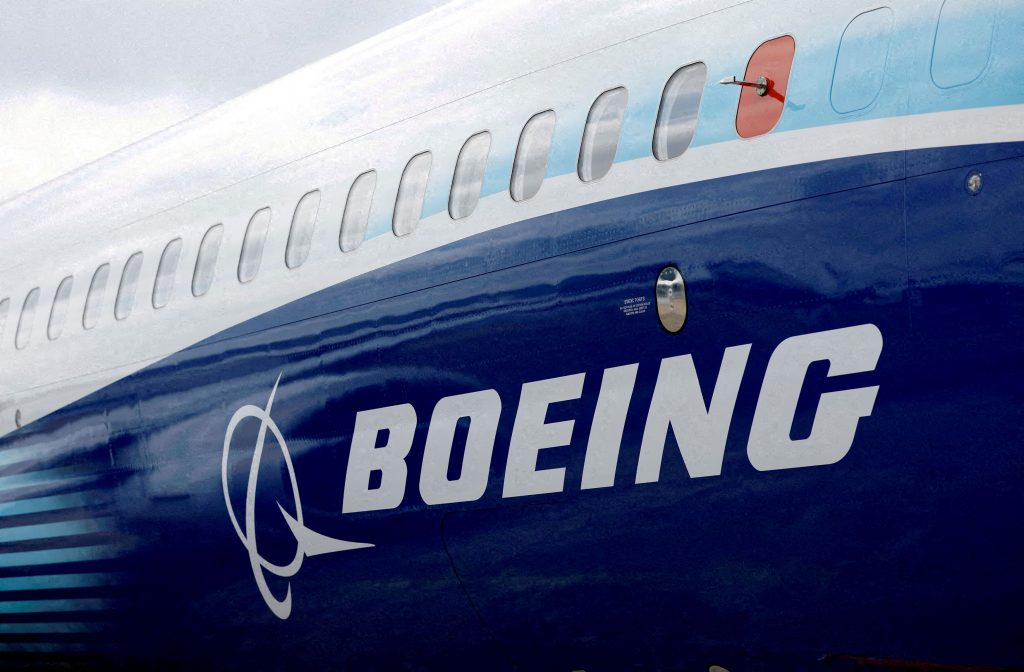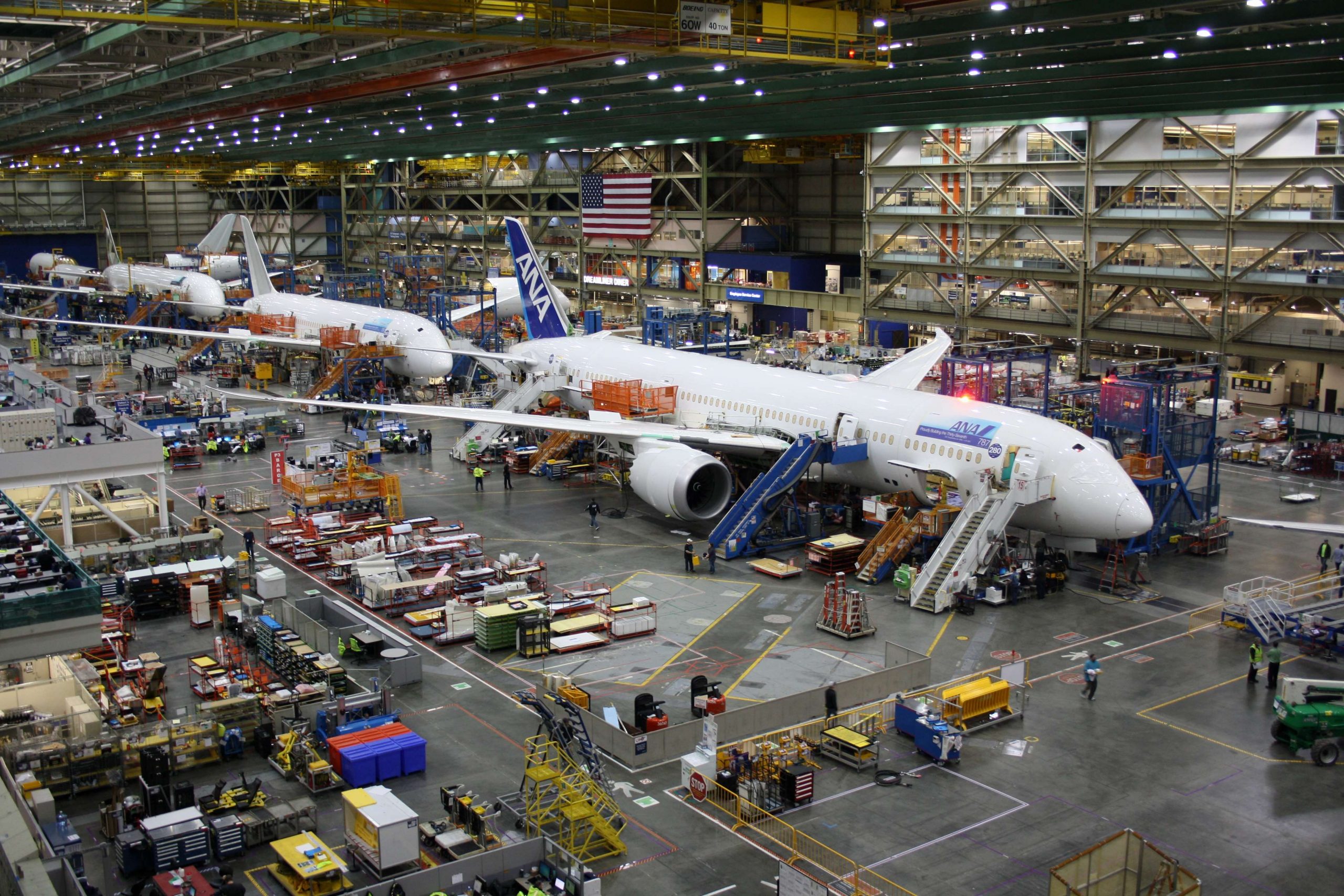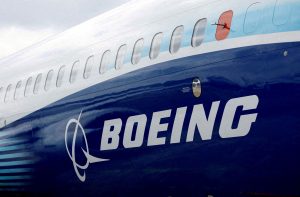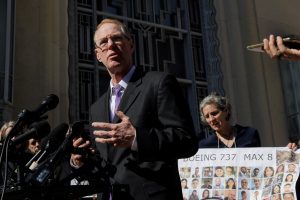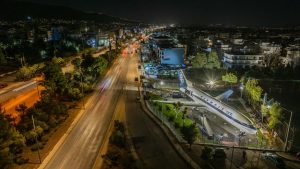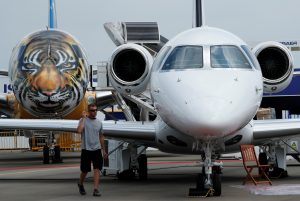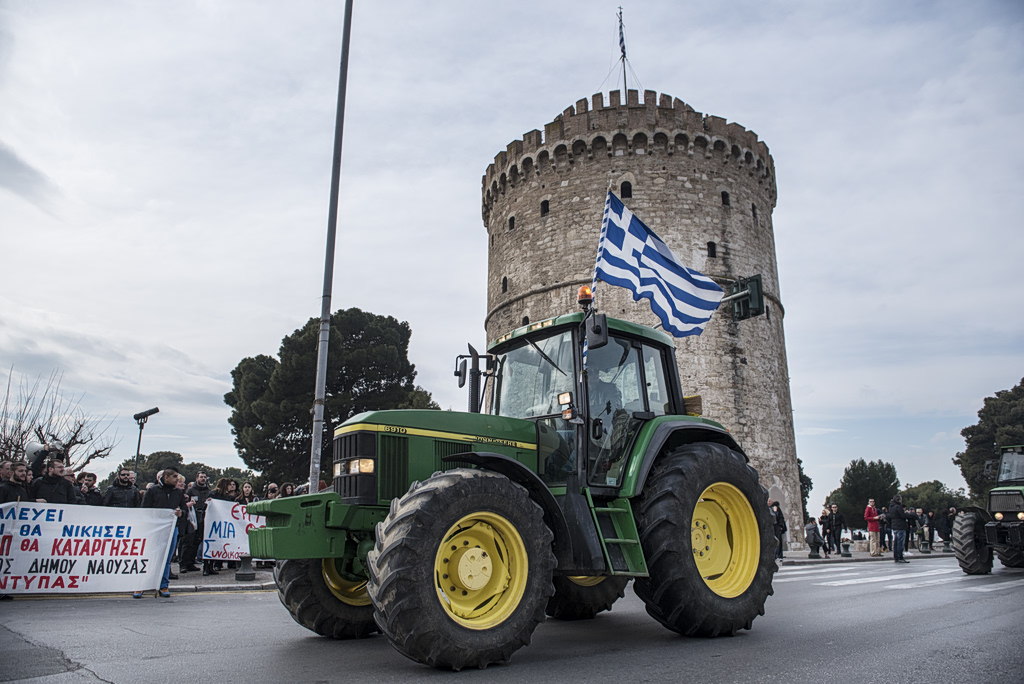Boeing has a parking problem.
Parts shortages and other issues have left the jet maker with about 200 fully or mostly finished airplanes sitting in airfields, outside plants and—in one location—an employee parking lot.
Some of the planes are awaiting interiors; others need engines. Dozens more are awaiting delivery to China.
Unable to fly, the planes aren’t delivering much-needed cash as the jet maker burns through more than $1 billion a month. And they present a host of logistical challenges.
Planes sitting around too long may need software or other updates. Moving unfinished jets is tricky, especially if the part they are missing is the engine, as is the case with a handful of 777 freighters.
“It kind of begs the question: When are you going to deliver these things,” said Ron Epstein , an aerospace analyst at Bank of America. “They can only sit around so long before you have to do something with them.”
The predicament comes as the jet maker grapples with production slowdowns and regulatory scrutiny in the wake of January’s near catastrophe on an Alaska Airlines flight.
Those problems have little to do with the parking overflow—in fact, they may be helping. Because Boeing is building planes more slowly as it works to improve quality , fewer planes are piling up than if its factories were operating at full speed.
Boeing has delivered 175 planes through June of this year, compared with 266 through the first half of 2023.
This isn’t the most dire parking predicament Boeing has faced in recent years. Following the grounding of Boeing’s bestselling 737 MAX due to crashes in 2018 and 2019 , the company had about 450 of those planes stashed in its facilities.
At another point, it had more than 100 787s parked, which presents a space conundrum given the planes’ size.
This week, Boeing executives head to the Farnborough International Airshow where the jet maker’s commercial unit will forgo the customary flight demonstrations and have a smaller-than-usual presence. The company said the shift is so it can focus on safety and quality improvements and meeting order demands. On July 31, Boeing will disclose its financial results for the quarter ended June 30.
Boeing said it is making progress clearing out parked planes. “As we have delivered hundreds of 737s and dozens of 787s from inventory in recent years, we have reduced the parking space needed at several sites,” the company said.
The company says it hasn’t become so tight on space that it has to stop or slow production—what is referred to in the aerospace industry as being “jiglocked.”
Supplier shortages, lingering from the supply-chain crisis born amid the pandemic, have saddled the company with planes short of parts.
Those include more than 20 wide-body 787s sitting outside a Boeing factory in North Charleston, S.C., according to AIR, an aerospace-industry research company in Seattle. Shipments of the model have slowed as Boeing grapples with a shortage of cabin seating, which has begun to improve.
Seat suppliers industrywide haven’t been able to keep up with demand for cabin seating, especially for premium offerings, amid material shortages and certification delays. Boeing also has been short on a temperature-regulating part called a heat exchanger .
To ease the backup, Boeing flew a dozen or so 787s to its site in San Antonio, where it previously stored planes.
Flying is less of an option when it comes to a handful of 777 freighter jets in Everett, Wash., that are awaiting engines. The engine maker, GE Aerospace , has struggled with supplier shortages on the model.
Boeing had delivered two freighters this year through May. But the engines have started rolling in. Boeing delivered five of the planes in June, and the company says it has enough engines for near-term deliveries.
Those freighters sit on an already-crowded campus. Roughly 30 777X jets—a much-delayed, more fuel-efficient version of the 777 model—are stationed there. Boeing on Saturday said it conducted its first flight certification test on a 777X, according to AIR.
Also at Everett are around 10 to 15 787s awaiting inspections to ensure the planes are built to specification. The company added that step several years ago after employees raised concerns about potential production issues.
“This creates constraints; it creates costs,” AIR’s Michel Merluzeau said. “There is a cost and an operational penalty. It’s something you really want to avoid as much as possible; they’re stuck in a bad place.”
Today, more than half of the parked planes are single-aisle 737 MAX’s still awaiting delivery, some of which are now several years old.
Many of the undelivered 737 jets are destined for China, one of Boeing’s biggest markets. Boeing in January made its first delivery of the MAX jets to China after more than four years. The deliveries had been frozen by Beijing since the two crashes of the 737 MAX.
Write to Sharon Terlep at sharon.terlep@wsj.com
